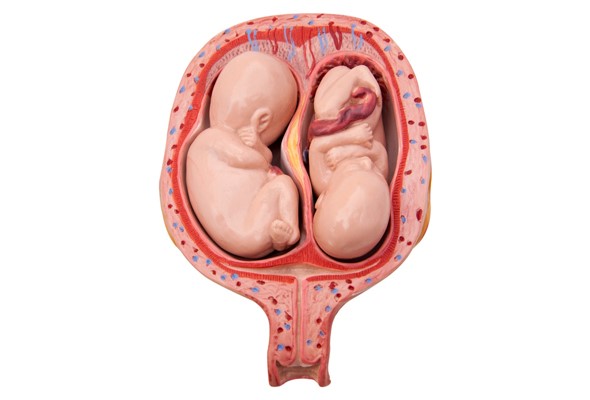The infertility treatment’s primary goal has always been for each couple to have one healthy child at a time. However, there are many challenges to this and undoubtedly the most important issue has been multiple pregnancies either twins or more (i.e.: high-order multiple).
In many occasions, fertility drugs for ovarian follicular growth is used to assist in natural conception. It can result in multiple follicle growth especially if it is not monitored therefore resulting in multiple pregnancy. The commonest fertility oral medication is clomiphene citrate while injections are gonadotropins.
In IVF (Assisted Reproductive Technologies) multiple embryos are transferred to increase pregnancy rates. The reasons include infertile couples’ sense of urgency resulting in acceptance of more aggressive management, high cost associated with IVF and competitive pressure among clinicians to maintain high rates.
Worldwide the data on IVF and use of exogenous gonadotropin induced ovulation induction or fertility drugs is limited. Generally in the US it is felt that majority of twin birth results from natural conception (~60%) with fertility drugs (21–32%) and IVF (8-16%). While in regards to high-order multiple pregnancy around 20% is from natural conception, fertility drugs (39-67%) and IVF (13-44%). Therefore naturally-conceived twins account for the majority of all multiple births, the incidence of twins among births resulting specifically from fertility drugs and IVF is more than 20 times greater than for births resulting from natural conception, and that of high-order multiple gestation is more than 100 times higher.
Complications of multiple pregnancies include increased maternal morbidity as well as both fetal and neonatal morbidity and mortality. The maternal problems include preeclampsia, gestational diabetes, anameia, excess weight gain, hyperemesis gravidarum, preterm labour, as well as increased incidence of low lying placenta, vasa previa, premature separation of placenta and postpartum haemorrhage. While most of the perinatal morbidity and mortality is associated directly to preterm delivery (cerebral palsy, retinopathy and bronchopulmonary dysplasia) and those of fetal growth restriction (polycythemia, hypoglycemia and necrotizing enterocolitis). Furthermore the emotional, physical and financial stresses are increased among these couples. The economic costs also escalate with an increase in medical care cost of four fold and tenfold for twins and triplets respectively.
The strategies that help in overcoming this include educating all concerned on the risks with multiple pregnancies, encouraging single embryo transfers in IVF followed by frozen embryo transfers (maximizing cumulative pregnancy rates) and where permissible multifetal pregnancy reduction.

|
Risk for babies |
Twins |
Triplets |
|
Proportion born prematurely with low birthweight |
50% |
90% |
|
Death in the first week of life |
5x higher* |
9x higher* |
|
Cerebral palsy |
4x higher* |
18x higher* |
|
pre-eclampsia (for mothers) |
3x higher* |
9x higher* |
*than for singleton births
|
Risk for mothers |
Twins |
Triplets |
|
pre-eclampsia |
3x higher* |
9x higher* |
|
diabetes |
2 – 3x higher* |
|
|
coronary heart disease |
2x higher** |
|
|
death from cardiovascular causes |
7 – 11x higher*** |
|
*than for singleton births
**with preterm delivery
***with delivery of low birthweight baby
Source: Sattar N & Greer I BMJ 2002;3255 157-160
References:
- Multiple gestation associated with infertility therapy: an American Society for Reproductive Medicine Practice Committee Opinion. Fertility & Sterility April 2012
- Multiple pregnancy associated with infertility therapy. Fertility & Sterility 2006
- Strategies to reduce multiple pregnancies due to ovulation stimulation. Fertility & Sterility Jan. 2009
| Last Reviewed | : | 31 March 2017 |
| Writer | : | Dr. Kannappan a/l Palaniappan |
| Accreditor | : | Dr. Noraihan bt. Muhd Nordin |







